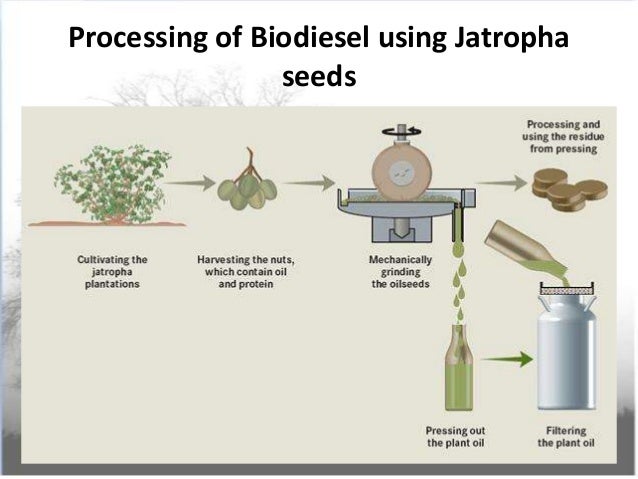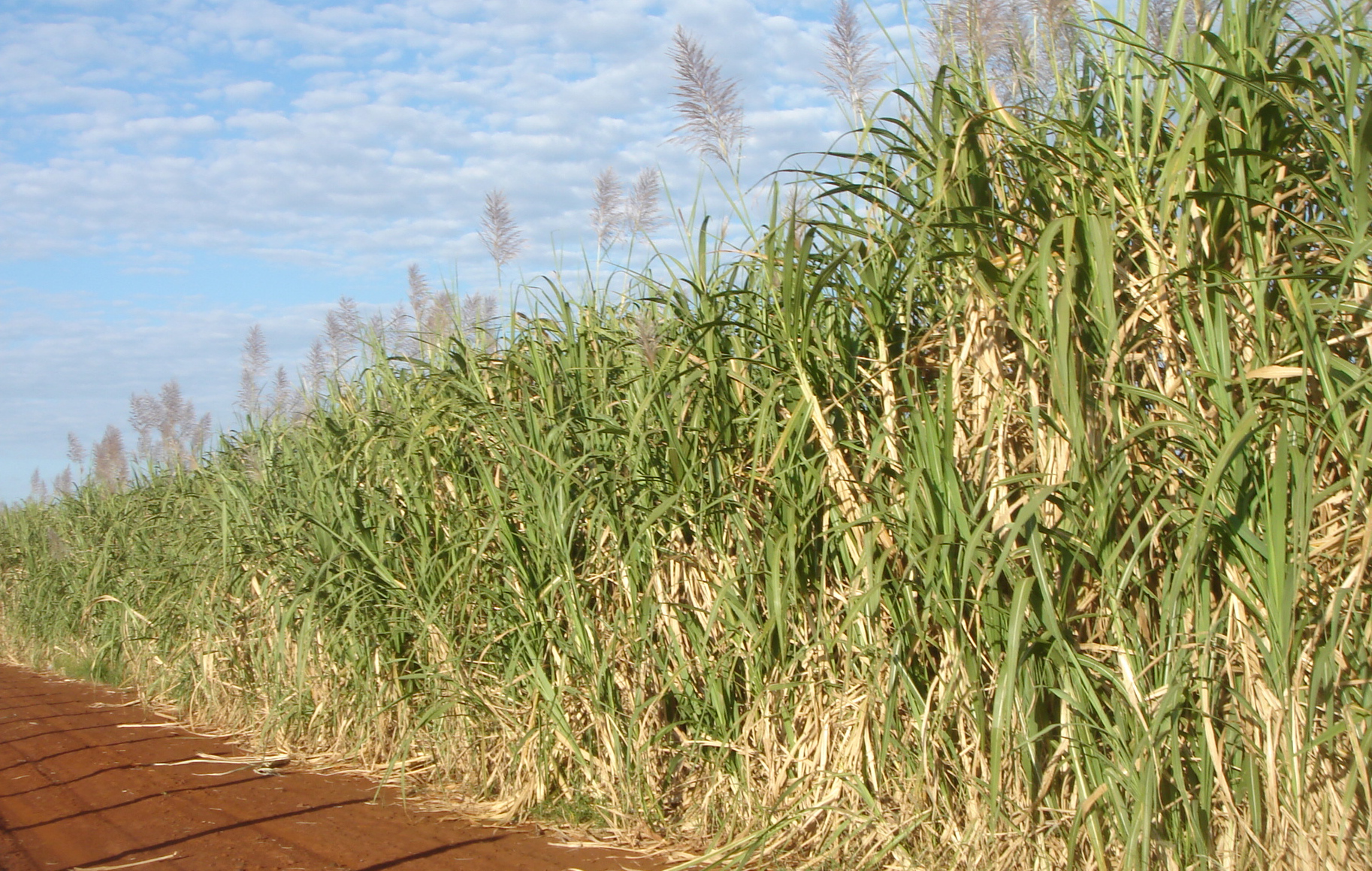Practical application of thermophilic biohydrogen production depends on the microorganisms employed feedstock and process technology utilized.
Feed oils for biofuels rugged plant.
Ethanol is also a renewable biofuel and its coproduction can increase the benefits from future commercial exploitation of those thermophilic extreme thermophilic organisms.
Oils rich biomaterial it comes from existing food crops like rapeseed aka canola sunflower corn and others af ter it has been used for other purposes i e food preparation waste vegetable oil or wvo or even in first use form straight vegetable oil or svo.
Warm climate feedstocks for biodiesel.
For the manufacture of biodiesel or technical greases these materials must be separated from used cooking oil and grease separator contents.
Currently edible rapeseed oil called canola in the united states and canada is the dominant feedstock for biodiesel production in europe and soybean oil is the major feedstock in the united states.
The rodeo plant is well suited for conversion because of its dock and rail access for receiving the tallows vegetable oils and used cooking oils that will feed into plant nik weinberg lynn.
The raw materials for biodiesel production are vegetable oils animal fats and short chain alcohols.
When grain sugar starch or oil crops are harvested for feed and food parts significant biomass residues remain.
Olive oil is another good oil for making biodiesel.
Corn stover corn cobs wheat and small grain straw are abundant crop residues that can be converted to renewable fuels.
Canola is probably the best oil for making biodiesel since it ages slowly remains liquid to low temperatures and has a high energy content.




























